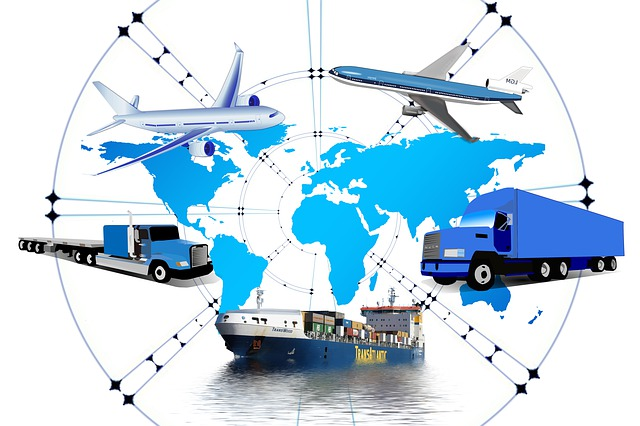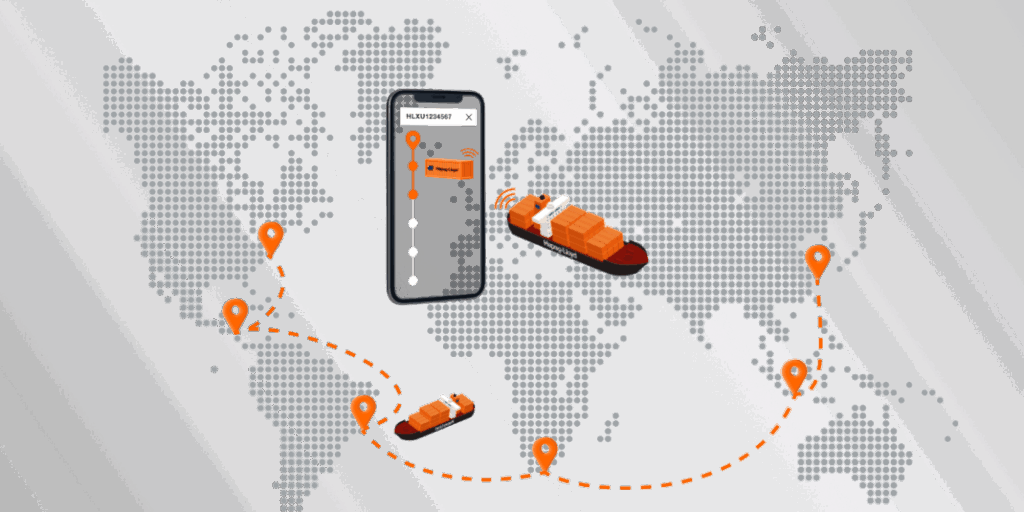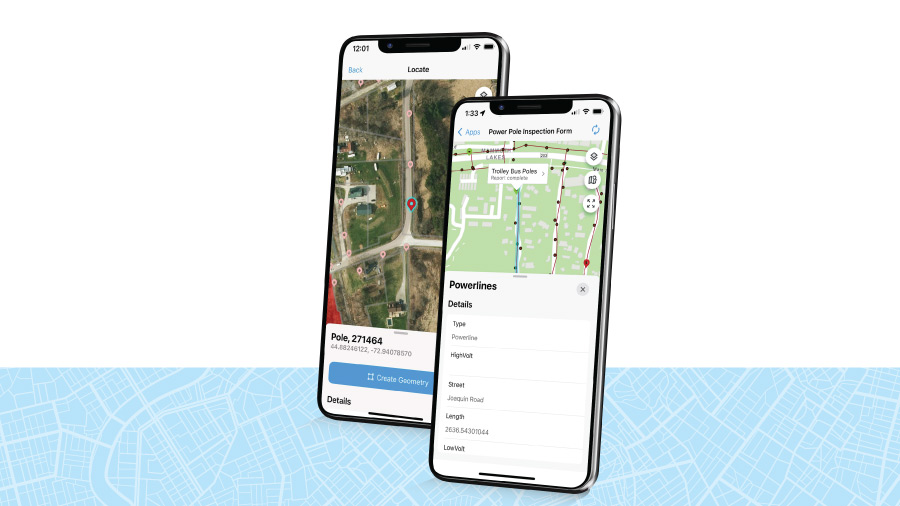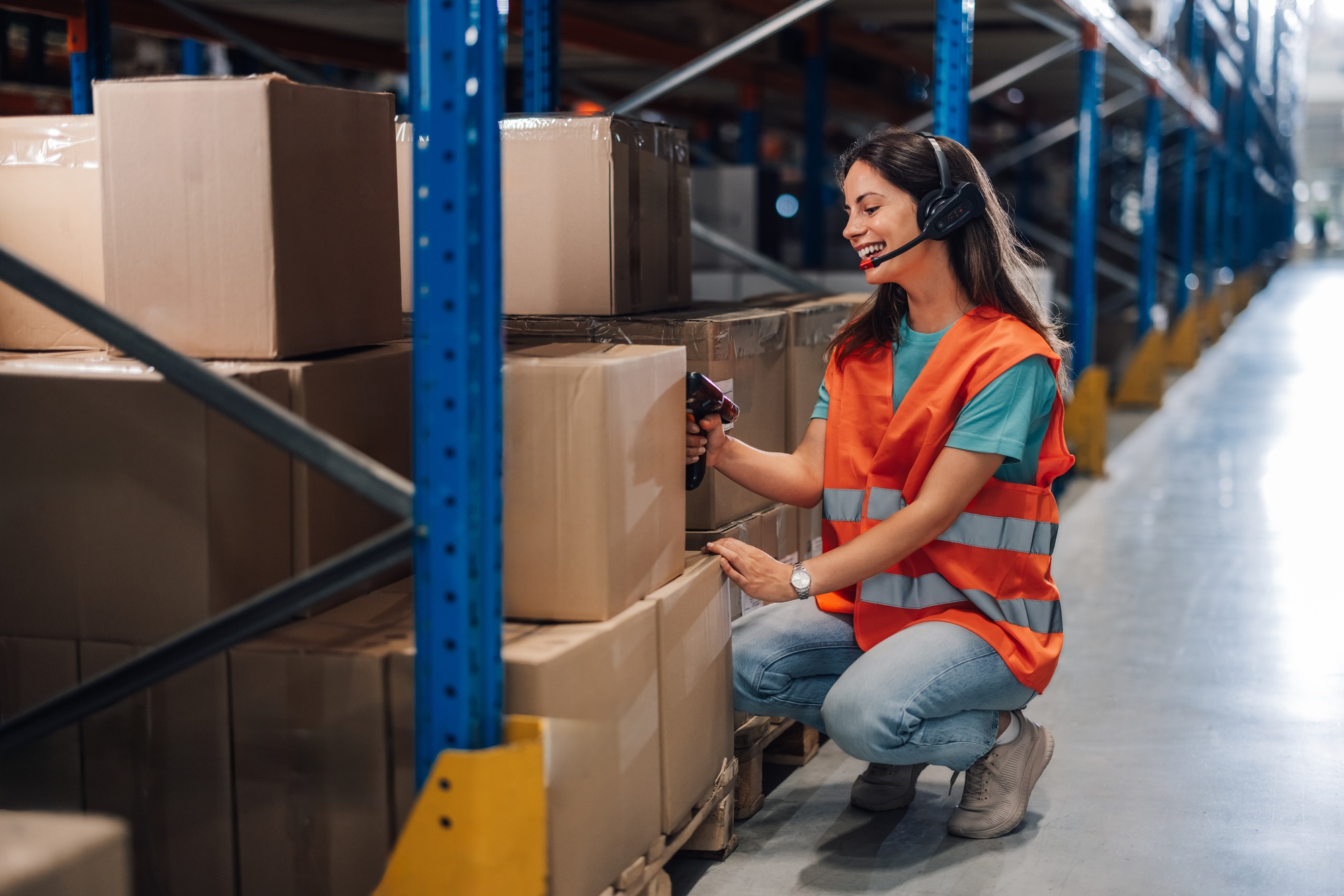Logistics Visibility Secrets: Skyrocket Freight Forwarding Success
Freight forwarding companies handle an enormous level of complexity every single day. Shipments move across continents, pass through multiple carriers, face customs inspections, and often change hands many times before reaching the final destination. With so many touchpoints, the risk of delay, miscommunication, or lost cargo is high. Without reliable visibility, freight forwarders can find themselves operating in the dark, unable to provide accurate updates to their clients.
This is where a logistics visibility service becomes a game changer. Offering real-time insight into the movement of goods empowers freight forwarders to manage shipments with greater control, reduce risks, and deliver a better customer experience. Far from being just another digital tool, visibility has become an essential component of modern supply chain management.

Why Visibility Matters in Freight Forwarding
Reducing Uncertainty Across Borders
In traditional forwarding models, communication often relies on phone calls, emails, or manual updates from carriers. This not only slows down the flow of information but also introduces errors. A logistics visibility service eliminates these blind spots. Freight forwarders can see the live location of containers, track air shipments minute by minute, and detect when a truck is delayed at a port.
With this clarity, forwarders can:
- Spot delays before they create a domino effect across the supply chain
- Provide accurate arrival estimates to customers
- Reroute shipments when a disruption occurs
Enhancing Customer Trust
Modern customers want transparency. They expect to track their shipment like they track a parcel from an online store. When freight forwarders offer that level of visibility, customers gain peace of mind. They no longer have to call repeatedly for updates, and this improved experience builds stronger trust in the forwarder’s brand.
Key Advantages of Logistics Visibility Service
Streamlined Operations
Real-Time Tracking
The days of guessing where cargo is are over. With a visibility service, freight forwarders can see the precise location of each shipment. Ocean freight, air cargo, and road transport can all be monitored from a single dashboard. This gives operations teams the information they need to act quickly.

Automated Alerts
Automated notifications are a powerful tool. Whether it’s a customs hold, a weather-related delay, or a delivery confirmation, the system sends updates in real time. This removes the need for constant manual checks and ensures that forwarders can respond proactively.
Cost Savings
Reduced Idle Time
Logistics costs increase when workers and equipment sit idle. With accurate shipment data, forwarders can schedule trucks, warehouse staff, and handling crews more efficiently.
Avoiding Extra Charges
Demurrage and detention charges often occur when containers are left at ports for too long. Visibility helps prevent these fees by notifying teams in advance so they can arrange a timely pickup.
Better Collaboration Across the Supply Chain
Unified Communication
A visibility service acts as a single source of truth. Suppliers, carriers, freight forwarders, and customers all see the same data. This alignment reduces misunderstandings, cuts back on unnecessary emails, and keeps everyone focused on solutions instead of finger-pointing.
Data Integration
Modern logistics visibility platforms often integrate with freight management systems, ERPs, and customer service portals. This creates a seamless flow of information across departments, giving management a clearer overview of operations.
Risk Management and Compliance
Proactive Problem Solving
Global trade carries risks: theft, damage, fraud, and border delays. With visibility, unusual activity is flagged immediately. A shipment that suddenly goes off-route or shows unexpected idle time can be investigated before major losses occur.
Compliance Support
Detailed tracking records make it easier to comply with customs, import, and export regulations. Forwarders can generate audit-ready reports at any time, reducing legal risks.

Application Scenarios of Visibility in Freight Forwarding
E-commerce Logistics
The rise of online retail has dramatically increased the number of small shipments moving globally. Customers expect updates at every stage. Visibility services give e-commerce forwarders the tools to provide precise delivery windows, handle returns more efficiently, and maintain customer satisfaction.
Cold Chain and Perishables
For products like food, pharmaceuticals, and chemicals, visibility is not just about location but also about condition. Advanced systems can monitor temperature, humidity, and other environmental factors in real time. If a shipment risks spoilage, alerts allow immediate corrective action.
Cross-Border Trade
Cross-border logistics involves multiple carriers and customs agencies. Without visibility, delays can escalate quickly. Visibility solutions allow forwarders to track customs clearance status, prepare documents in advance, and provide accurate ETAs for clients waiting in different countries.
Case Studies: How Companies Benefit from Visibility
- Global Retailer Example: A multinational retailer partnered with a logistics visibility provider to track its ocean containers. Knowing the exact arrival times reduced stockouts and improved on-shelf availability.
- Pharmaceutical Distributor: A pharmaceutical company used visibility tools to monitor the temperature of sensitive medical supplies. This reduced spoilage rates by over 20% and ensured compliance with regulatory standards.
- Automotive Supply Chain: An auto manufacturer with a complex supplier network introduced visibility services to track inbound parts. This prevented production line stoppages caused by missing shipments.
These examples show that visibility is not only a technical upgrade but also a direct contributor to business continuity and customer satisfaction.
Future of Logistics Visibility in Freight Forwarding
Artificial Intelligence and Predictive Analytics
AI can analyze patterns in shipment data to predict potential delays before they happen. For example, if a port is experiencing congestion, AI tools can forecast delays and recommend alternative routes.

Internet of Things (IoT)
IoT devices placed on containers and trucks provide real-time tracking at the item level. Sensors can detect shocks, temperature changes, or unauthorized access, creating full transparency.
Big Data and Business Intelligence
Visibility platforms don’t just provide data; they also analyze it. Forwarders can identify trends, improve route planning, and forecast demand with greater accuracy. This data-driven approach allows for smarter long-term strategies.
Circular Economy and Sustainability
As businesses push for greener logistics, visibility will play a key role. By analyzing transport routes, companies can cut emissions, consolidate loads, and make supply chains more sustainable.
Why Postalparcel Highlights Visibility Services
Postalparcel understands the challenges freight forwarding companies face: managing multiple carriers, ensuring compliance, and keeping customers informed. Visibility services offer a practical and powerful way to meet these demands. By adopting these tools, forwarders can reduce operational stress, improve efficiency, and create long-lasting trust with their clients.
Postalparcel emphasizes that in a world where speed and accuracy are critical, logistics visibility is no longer a luxury—it is a necessity. Companies that invest in visibility not only stay competitive but also set the standard for customer satisfaction.

Conclusion
A logistics visibility service brings far more than tracking. It delivers real-time data, proactive alerts, and actionable insights that allow freight forwarders to stay ahead of problems rather than react to them. From cost savings to stronger customer relationships, the advantages are clear.
As global supply chains grow more complex, visibility will continue to shape the future of freight forwarding. Companies that integrate these services today will be better prepared for tomorrow’s challenges. Postalparcel encourages forwarders to embrace visibility as a cornerstone of modern logistics strategy.
Frequently Asked Questions (FAQ)
(FAQ)What is the difference between logistics visibility and simple GPS tracking?
GPS tracking only shows location. Logistics visibility combines GPS with carrier, customs, and IoT data, providing real-time status, predictive alerts, and full supply chain insights.
How does visibility improve customer service for freight forwarders?
It lets forwarders share accurate ETAs and notify of delays in advance. This transparency reduces customer frustration and builds long-term trust.
Is logistics visibility only useful for large companies?
No. Small and mid-sized forwarders also benefit. Visibility tools reduce costs, improve service, and help them compete with bigger players.
What role does technology play in logistics visibility?
IoT, AI, and data analytics collect and process shipment data. This allows predictive insights, optimized routes, and faster decision-making.
How can freight forwarders choose the right visibility service?
Look for easy system integration, real-time alerts, multimodal coverage, data security, and strong customer support when selecting a provider.
What industries gain the most from logistics visibility?
Sectors like pharmaceuticals, food, automotive, and e-commerce benefit most, as visibility ensures compliance, safety, and timely delivery.
Does visibility support sustainability efforts?
Yes. By optimizing routes, reducing empty miles, and consolidating cargo, visibility lowers emissions and supports greener operations.
Industry Insights
news via inbox
Nulla turp dis cursus. Integer liberos euismod pretium faucibua








